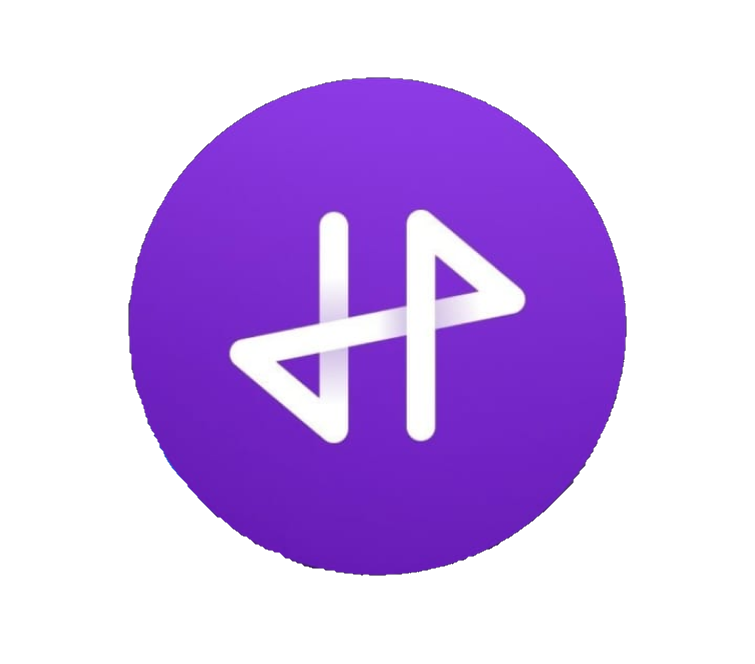Program Fundamentals
Affiliate programs establish strategic partnerships between brands and content creators, enabling influencers to earn revenue by promoting products to their audience. These partnerships operate through structured commission systems, where influencers receive compensation for driving specific customer actions – typically purchases, sign-ups, or leads.
Application and Acceptance Process
Joining affiliate programs requires influencers to navigate specific application criteria established by brands or networks. The selection process evaluates factors like audience size, engagement rates, content quality, and brand alignment. Once accepted, influencers receive access to promotional materials, tracking links, and reporting dashboards.
Tracking and Attribution Systems
Modern affiliate programs utilize sophisticated tracking mechanisms to monitor customer interactions. When followers click affiliate links, cookies or unique identifiers track their journey through the purchase funnel. Attribution windows determine how long influencers receive credit for referred sales, typically ranging from 24 hours to 30 days.
Commission Structures
Compensation models vary across programs, offering different earning potential for influencers. Common structures include percentage-based commissions on sales, fixed payments per action, or hybrid models combining multiple incentives. Performance tiers often reward higher-volume influencers with increased commission rates.
Content Integration Methods
Successful affiliate promotion requires strategic content integration across various platforms. Influencers weave product recommendations into their regular content through reviews, tutorials, lifestyle features, or dedicated promotional posts. This integration maintains authenticity while driving audience engagement.
Platform-Specific Strategies
Different social platforms demand unique approaches to affiliate promotion. Instagram emphasizes visual storytelling through posts and stories, while YouTube allows detailed product demonstrations. Blog platforms enable comprehensive reviews with multiple link placements. Understanding platform dynamics maximizes promotional effectiveness.
Performance Analytics
Affiliate dashboards provide comprehensive performance metrics for campaign optimization. Influencers track key indicators like click-through rates, conversion percentages, and earnings per click. This data guides content strategy refinements and helps identify most responsive audience segments.
Payment Processing
Programs establish specific payment terms and thresholds for influencer earnings. Common payment methods include direct deposits, PayPal transfers, or digital wallets. Payment schedules vary from monthly to quarterly distributions, often requiring minimum earning thresholds before processing.
Compliance Requirements
Operating within affiliate programs demands adherence to promotional guidelines and disclosure requirements. Influencers must clearly communicate affiliate relationships to their audience, following platform-specific rules and legal regulations for sponsored content.
Program Management
Successful affiliate partnerships require active management and optimization. Influencers monitor program updates, maintain promotional calendars, and adjust strategies based on performance data. Regular communication with program managers ensures alignment with brand objectives and access to new opportunities.

Leave a Reply